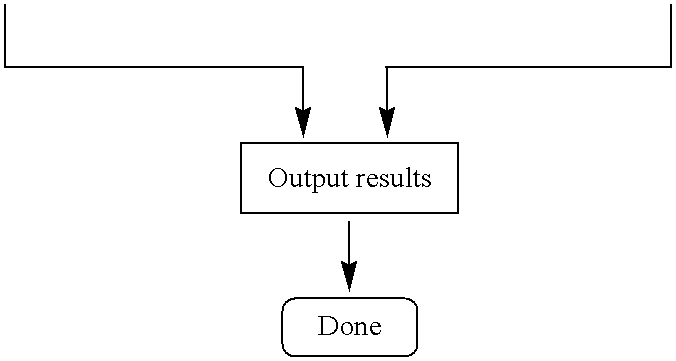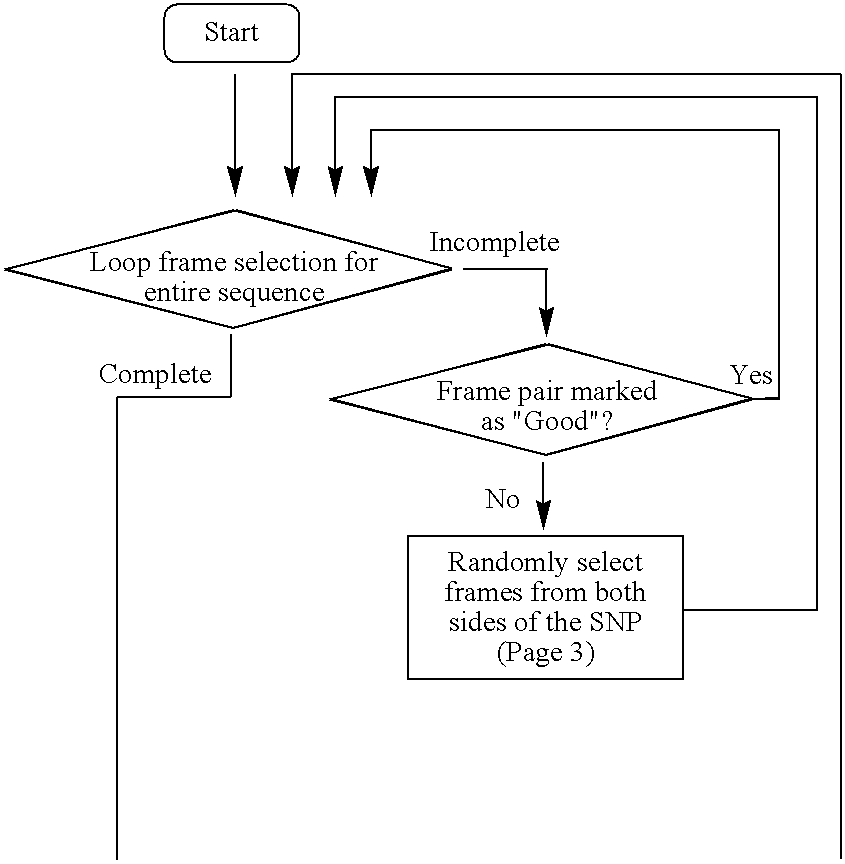High throughput multiplex DNA sequence amplifications
a dna sequence and high throughput technology, applied in the field of high throughput multiplex dna sequence amplification, can solve the problems of compromising efficiency or fidelity, affecting the efficiency of pcr, and the use of pcr is quite often limited by cost, time and availability of adequate test samples, so as to minimize the formation of non-specific extensions and efficient and simultaneous amplification
- Summary
- Abstract
- Description
- Claims
- Application Information
AI Technical Summary
Benefits of technology
Problems solved by technology
Method used
Image
Examples
example 1
Selection of 627 Pairs of Primers
[0077] 648 single nucleotide polymorphism (SNP) markers were initially selected from the SNP Database maintained by the National Center for Biotechnology Information. To facilitate the genotyping after PCR, all these SNPs were transition polymorphisms that were A to G or C to T changes at their polymorphic sites. All SNP sequences were analyzed by the computer program MULTIPLEX to determine whether these SNP sequences are unique in the genome. The repetitive sequences were discarded. PCR primers were selected by using the computer program MULTIPLEX described above with the following values: Tm range=75-104° C., primer length range=24-33 bases, 3′ perfect matches <4, 3′ match with 1 mismatch <7, 3′ end matching internal sequences of other molecules <9; 3′ end matches internal sequences of other molecules with 1 mismatch <11; maximal match between different molecules, 75%). The quality of each pair of primers was examined individually by using them to...
example 2
Using 622 Pairs of Selected Primers in a Single Multiplex PCR
[0078] For the multiplex PCR, lysate for 500 cells from a tissue cultured cell line, MG2314, was prepared. The reason for using cells instead of purified DNA is that they could be precisely quantified and equal number of nearly equal number of copies of the target sequences could be used as the starting material. PCR mix contained 1 X PCR buffer (100 mM Tris-HCl pH 8.3, 150 mM KCl, 1.5 mM MgCl2, and Gelatin 100 μg / ml), primers (10 nM each) for all SNPs, the four dNTPs (100 μM each), Taq DNA polymerase (5 units) with a final volume of 30 μl. Sample was preheated for 15 min at 95° C. Each PCR cycle consisted of a denaturation step at 95° C. for 40 sec; annealing at 55° C. for 3 min; and a step for both annealing and extension with temperature ramping from 55° C. to 70° C. within 5 min. A 3 min incubation at 95° C. as added after the PCR cycle to minimize the incompletely extended PCR products. PCR was completed after 40 cyc...
example 3
Analysis of Multiple DNA Fragments After the Multiplex PCR
[0079] To resolve the allelic products in the multiplex PCR product for genotype determination, single base extension and microarray methods were used. Two oligonucleotides with completely complementary sequences for each SNP were synthesized for this purpose. One of these was called E probe that was using in the single base extension assay. The other was called A probe that was spotted onto a coated glass slide. E probes had sequences with their 3′-ends next to their polymorphic sites. In the single base extension assay, dideoxynucleotides labeled with either the chromaphore Cy 3 or Cy 5 were used. The allelic base at the polymorphic site determined which fluorescently labeled nucleotide could be incorporated into an E probe.
[0080] The corresponding A probes were spotted onto a glass slide with a microarrayer manufactured by Cartesian. The fluorescently labeled E probes were hybridized with the A probes on the microarray. ...
PUM
 Login to View More
Login to View More Abstract
Description
Claims
Application Information
 Login to View More
Login to View More - R&D
- Intellectual Property
- Life Sciences
- Materials
- Tech Scout
- Unparalleled Data Quality
- Higher Quality Content
- 60% Fewer Hallucinations
Browse by: Latest US Patents, China's latest patents, Technical Efficacy Thesaurus, Application Domain, Technology Topic, Popular Technical Reports.
© 2025 PatSnap. All rights reserved.Legal|Privacy policy|Modern Slavery Act Transparency Statement|Sitemap|About US| Contact US: help@patsnap.com



